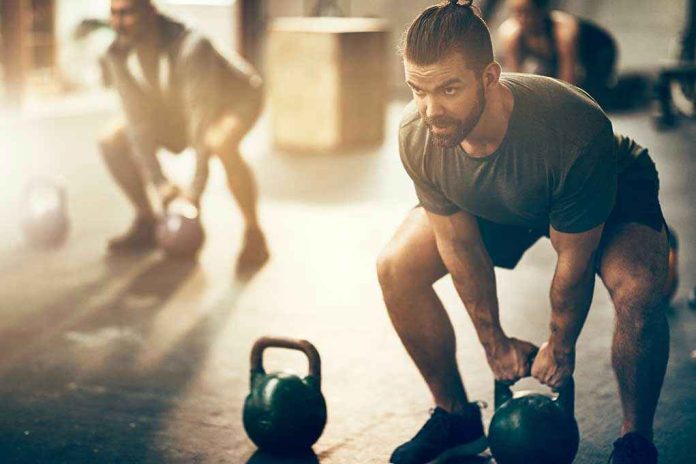
It turns out, a good handshake is a real health indicator.
At a Glance
- Grip strength is a key indicator of overall health and longevity.
- Low grip strength is linked to higher risks of mortality and disability.
- Measuring grip strength is becoming a vital sign in clinical practice.
- Fitness communities are increasingly focusing on improving grip strength.
Grip Strength: A Vital Sign of Health
Grip strength, once just a party trick to show off your forearm prowess, has now muscled its way into the realm of vital signs. That’s right, alongside your heart rate and blood pressure, your handshake can reveal your health secrets. A firm grip is more than just a show of confidence; it’s a potential predictor of mortality, disability, and hospitalization. Recent studies highlight its crucial role, especially for older adults.
Research dating back to the 1980s first linked grip strength to mortality, and since then, larger studies have cemented its place in the pantheon of health indicators. Measuring it is simple—a handheld dynamometer can do the trick—and this tool is finding its way into geriatric assessments and fitness routines alike. In the fitness world, grip strength is not just a measure of how well you can open a jar but a limiting factor in various workouts and daily tasks.
Why Grip Strength Matters
The association between grip strength and health outcomes is no small beans. Low grip strength has been tied to increased risks of all-cause mortality, meaning a weak grip could be an early warning sign for frailty, disability, and even chronic diseases. Its predictive power has led to its proposal as a new clinical “vital sign,” making it a hot topic in health assessments. Health professionals and researchers alike are keen on using grip strength to stratify risk and plan interventions.
Fitness enthusiasts are catching on too. They’re incorporating grip-strengthening exercises not just for enhanced performance but also for injury prevention. As public health agencies and medical researchers rally around this simple yet effective measure, the push for its integration into routine check-ups, especially in the aging population, grows stronger.
A Grip on the Future
Looking ahead, the implications of widespread grip strength screening are promising. In the short term, it could lead to early identification of those at risk for health declines, enabling timely interventions. Long-term, we could see healthcare costs dropping as preventive measures reduce hospitalizations and improve quality of life. Fitness industries might also see a boost in demand for grip-strength equipment and programs.
Economically, socially, and politically, the benefits ripple outward. Economically, there’s potential for cost savings in healthcare. Socially, the focus shifts towards maintaining independence in aging populations. Politically, this could influence public health policies to prioritize preventive health programs.
Expert Insights
Experts across fields agree: grip strength is a robust, non-invasive indicator of health and longevity. Dr. Hashmi from the Cleveland Clinic even suggests it can “almost predict your future health,” associating a strong grip with slower cellular aging. Fitness professionals echo this sentiment, emphasizing its role in performance and injury prevention, recommending exercises to boost this underrated strength.
While the consensus is strong, some experts caution against relying solely on grip strength. They argue it should complement other health indicators. There’s also ongoing debate about the best methods and frequency for assessment, but the evidence supporting grip strength as a key health metric is robust and growing.
Sources:
Cleveland Clinic Health Essentials





